Devil’s Walking Stick Facts
- First of all, many who encounter this astonishing plant consider the Devil’s Walking Stick to be appropriately named. The scientific name of the fascinating, if intimidating species, however, remains Aralia spinosa.
- For unknown reasons, the plant shares several other common names with an unrelated species. This, quite understandably, often causes confusion. However, the two species do share certain natural properties.
- These natural properties include the presence of naturally effective and quite beneficial medicinal characteristics. During the American Civil War, doctors discovered its usefulness in preventing infections in battle wounds.
- Finally, and highly surprisingly, despite the fearsome appearance, the leaves of the Devil’s Walking Stick actually remain edible. While in fact highly nutritious, these leaves must be collected during their infancy, to ensure edibility.
Related Articles

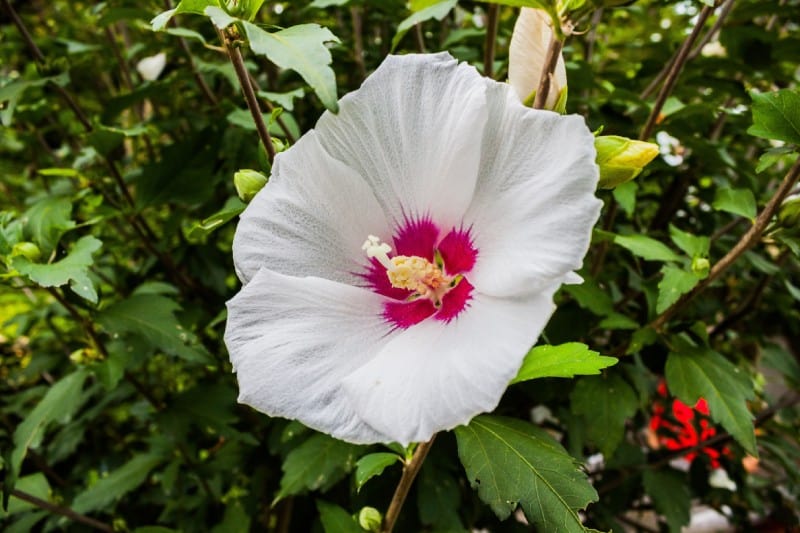
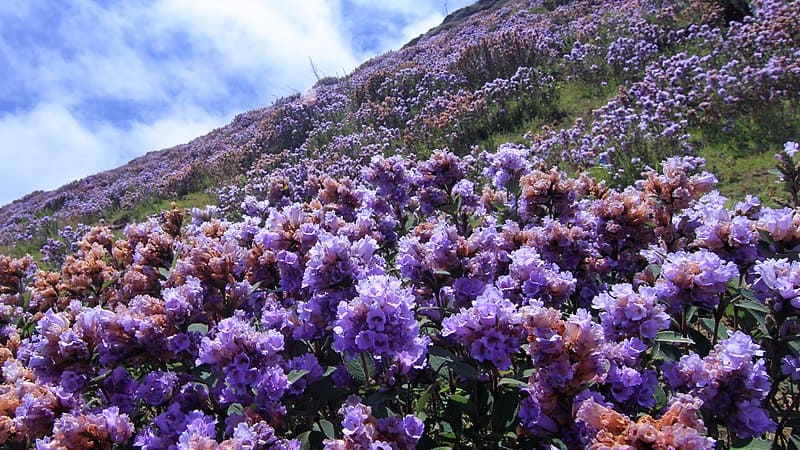
Devil’s Walking Stick Physical Description
Perhaps most notably, the Devil’s Walking Stick eolved as quite versatile. That’s because it actually develops as either a large deciduous shrub or a small tree. Quite understandably, this adaptive versatility separates it from the great majority of related species.
Firstly, when it develops as a tree, the impressive species attains a maximum height of about 26 ft (8 m). Secondly, the trunk of the plant remains relatively thin. As a result, this attains a maximum diameter of only 8 in (20 cm), even in its tree form.
However, the thorns for which it remains renowned average a daunting 1/2 in (1.25 cm) long. Further, the large and very aromatic leaves grow as large as an impressive 47 in (120 cm) in length. Also, all of them possess those terrible thorns.
Additionally, the flowers of the Devil’s Walking Stick also display a creamy white color. In addition, the blooms remain small, yet typically develop in large clusters. Finally, the fruit forms a small berry, purple to black in color, and also appears in large groupings.
- Kingdom: Plantae
- Phylum: Tracheophytes
- Class: Angiosperms
- Order: Apiales
- Family: Araliaceae
- Genus: Aralia
- Species: A. spinosa
Devil’s Walking Stick Distribution, Habitat, and Ecology
Firstly, though not commonly seen, the Devil’s Walking Stick appears to be well established. Thankfully, it also seems to be quite widespread in its zone of habitation. In addition, that range lies within limited portions of the eastern and midwest United States.
Further, the amazing species typically only grows naturally along the outer edges of temperate forests. This, as a result, greatly reduces the chances of humans encountering its thorns. The Devil’s Walking Stick also only develops well in deep, moist soil.
Historically, the local Native Americans also highly prized the formidable plant. That’s because they frequently used it for very specific purposes. In fact, the Iroquois tribe often planted the imposing flora around the village as a deterrent to animal incursions.
Additionally, the same tribes also used the fruit of the remarkable plant as a source of food. This they often employed in a variety of traditional dishes. In addition, the women often wore the strongly lemon-scented flowers in their hair for adornment.
Species Sharing Its Range
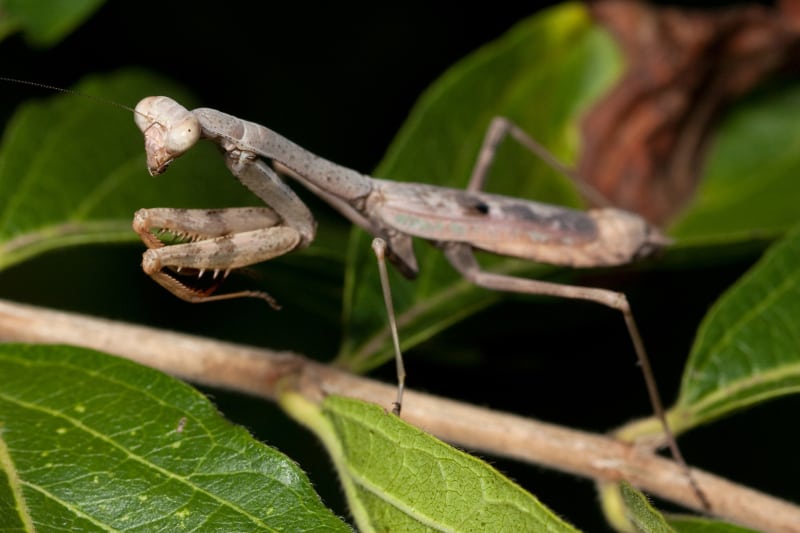
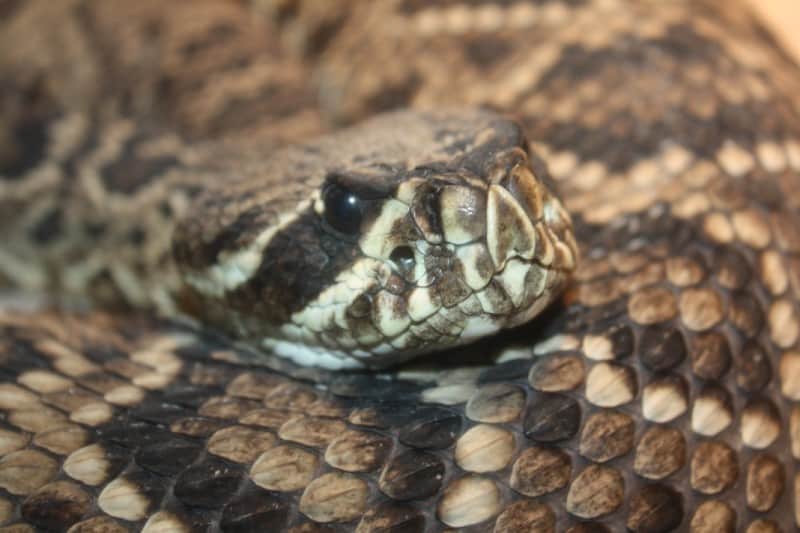

Check out our other articles on 8 Truly Monumental Orchids, Bald Eagle, Tierra del Fuego, Mongolian Wild Horse, Rasberry Crazy Ant, Thresher Shark, Mountain Chicken, Green Anaconda
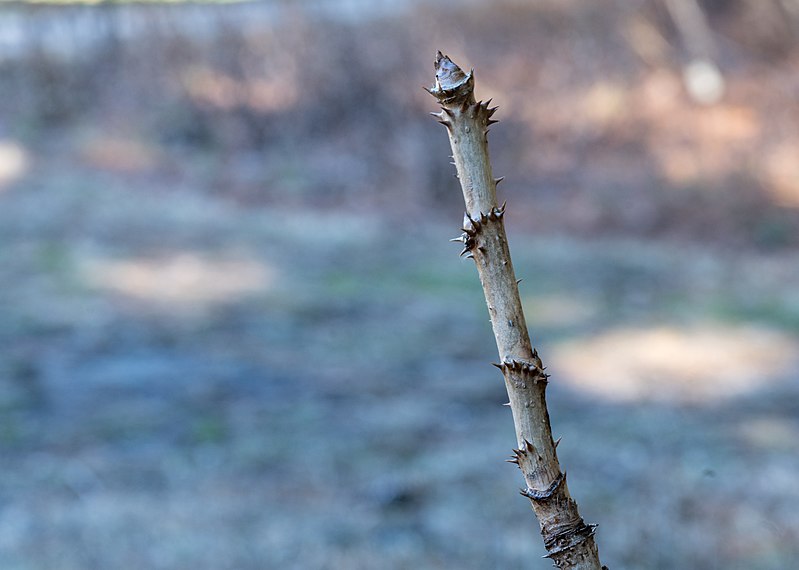
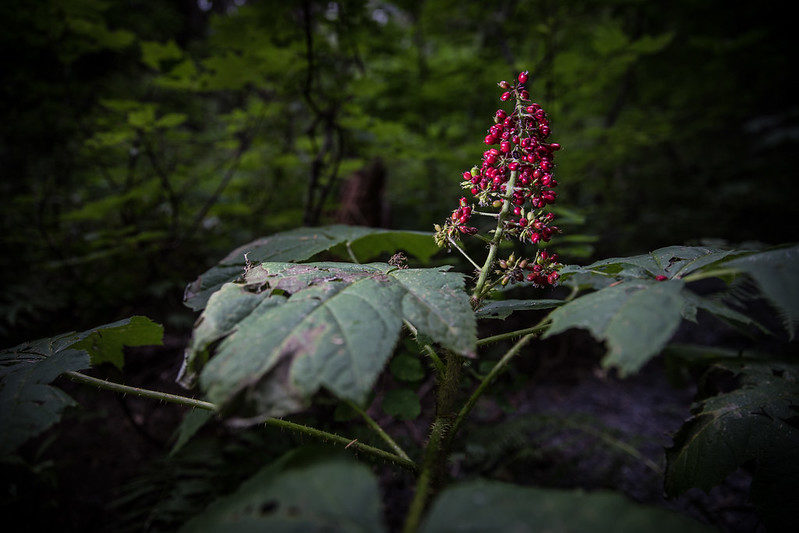
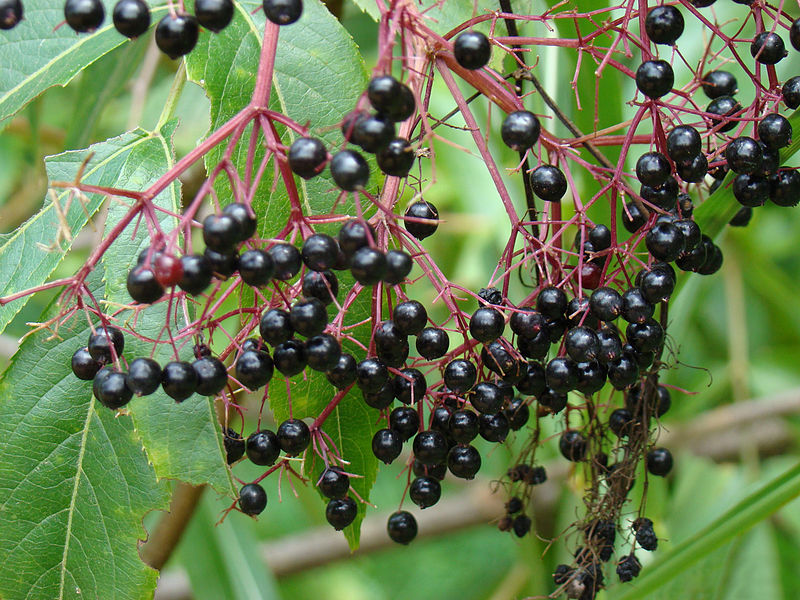









Where did you get the information regarding the Native American uses of A. spinosa? I find no such uses in the Native American Ethnobotany Database. Source: http://naeb.brit.org/uses/search/?string=Aralia+spinosa